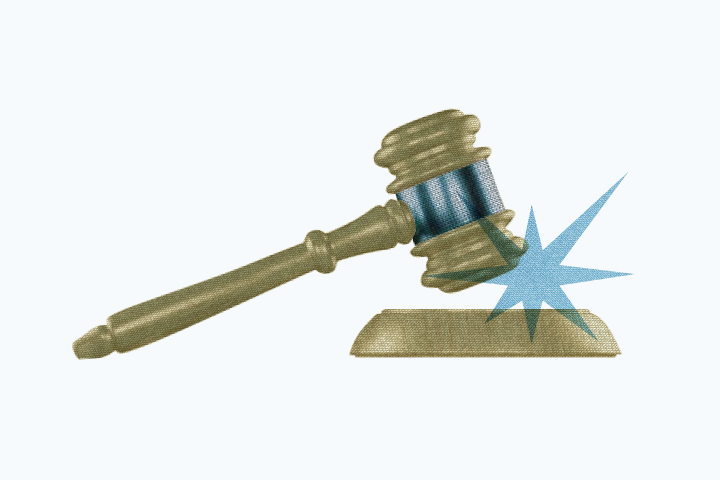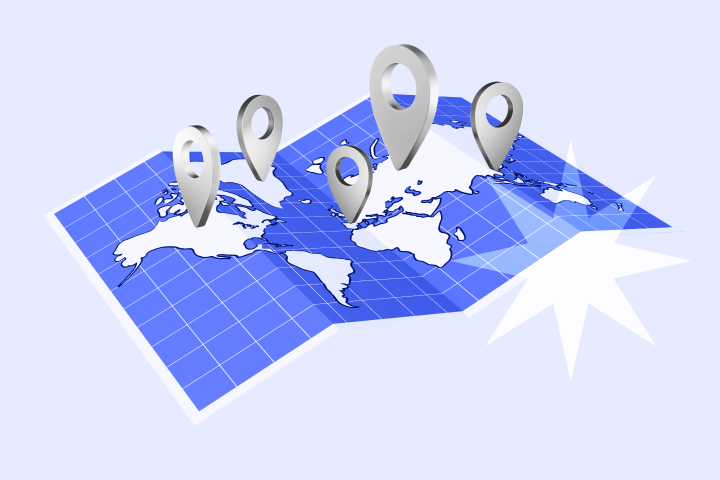Business travel expenses can quickly spiral out of control if they aren’t tracked properly. But keeping track of these costs isn’t always easy—especially when multiple employees are traveling at the same time. It’s easy to make mistakes, lose receipts, and waste time trying to stay on top of spending.
Luckily, there are plenty of expense tracking strategies and tools that can help you keep things under control. Here are five ways to simplify the process.
1. Conduct a Spend Analysis
Conducting a spend analysis will help you evaluate how much you’re actually spending on travel, and pinpoint areas that may be causing issues. If your tracking process is too complex or doesn’t include thorough review of expense reports, money may be slipping through the cracks. A spend analysis is the first step toward filling in those cracks.
These are the basic stages of a spend analysis:
Collect Travel Expense Records
Your company’s records of travel expenses could be spread out across various locations and departments. Before you can figure out how much you’re spending, you need to gather as much information as possible from all of these sources. This includes data about how each expense was approved, billed, and paid, as well as its actual purpose.
Eliminate Any Errors
Once you have all the data in one place, you’ll need to comb through it for errors. There might be certain things that don’t actually qualify as travel expenses. If so, make sure to remove them so that they won’t skew your analysis.
Classify All Travel Expenses
The next step is to separate all the relevant expenses into categories. For example, you might categorize them according to the employees who incurred them, or organize them by type (such as fuel, food, accommodation, or airfare).
Analyze the Data
Finally, it’s time to analyze the information you’ve collected. How much is each employee and department spending on travel? Are you dedicating a disproportionate amount of money to a certain type of expense? Could you cut down on any unnecessary costs, such as business-class airfare? Use these questions as inspiration as you seek opportunities for improvement.
2. Evaluate and Redefine Travel Policies
Once you can see what’s actually happening, you can start to draw conclusions and make decisions. It’s time to compare the results of your spend analysis to your travel expense policies and make changes as needed.
For example, if you find that food-related reimbursements are exceptionally costly, you might choose to institute a per diem policy. Not only is per diem faster and easier to track, but it’s also easier to plan for—you know exactly how much to budget per employee for each day of a trip. This is just one example; the right solutions for you will depend on your analysis.
Put the travel policy in writing, review it with all employees, and keep a digital copy accessible to all employees at all times to ensure that everyone is up to speed and spending within limits.
3. Speed Up Reimbursement
There are several benefits to speeding up the reimbursement process. First, anything that saves time typically saves money. Of course there are limits—going too fast often increases the likelihood of mistakes, which can also be costly.
The easiest way to speed up reimbursement without sacrificing accuracy is to automate the process. Implementing automation can help you reduce the time spent on not just reimbursements, but also the entire expense tracking process. Consider using an expense management platform that has specific functionalities for business travel.
4. Digitize Your Travel Expense Tracking
Digitizing the expense tracking process will allow you to review and verify travel expenses more quickly and accurately. This enables faster reimbursements and decreases the chance of any expenses being overlooked.
One simple change is to ask employees to submit electronic receipts or photos of receipts instead of paper copies. You can also use expense management software to make submitting expense reports as easy as possible.
5. Integrate Travel Expense Management Software
Travel expense management software allows employees to submit their travel expenses quickly and easily. And it’s just as simple for the responsible parties to review and approve transactions, enforce the company travel policy, and issue reimbursements if needed.
Even better, the software can be programmed to properly record expenses in the general ledger. It can also generate tracking reports as needed to streamline future spend analysis.
Software that offers a mobile app can be especially helpful. This allows employees to record expenses, scan receipts, and more while on the go. It eliminates the need to save up receipts and submit them all at once.
Streamline Travel Expense Tracking With Automation
Automation is the key to optimizing virtually any process, and business travel expense tracking is no exception. It replaces manual work with streamlined processes that are much more accurate and efficient.
The keys to simplifying travel expense tracking are to know your current process inside out, reevaluate it constantly, and make any necessary changes to remove errors or improve certain aspects. Automating it from beginning to end will help you achieve this without wasting valuable time and resources.
-
Get the latest blogs from Mesh by subscribing to our newsletter







